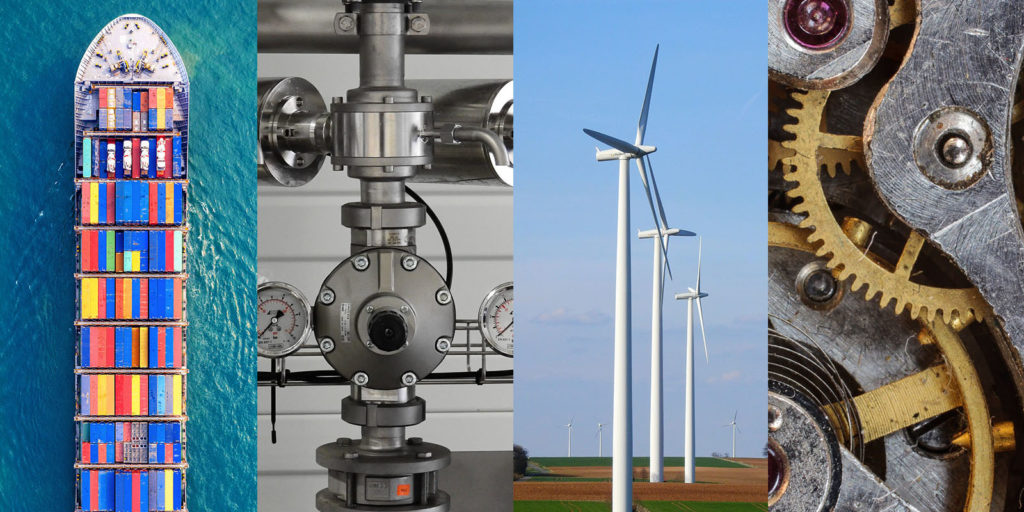Rotating machinery are crucial components of plant operations, and should therefore be reliable and perform efficiently at all times. However, given the harsh environments in which these machines and equipment often operate, failures and breakdowns are commonplace. Predictive maintenance offers an innovative way to pre-empt, implement and schedule maintenance for modern rotating machinery and equipment instead of relying on traditional preventive maintenance techniques. Below we highlight 4 use cases where predictive maintenance was employed to monitor equipment and machinery in real-time.
1. Predictive maintenance to aid fleet maintenance
2. Predictive maintenance for wind farms
Analytics technologies are becoming increasingly powerful and sensors are getting cheaper. This saw predictive maintenance growing in popularity and use cases. In addition, predictive maintenance can yield significant benefits to many industries. Industries such as manufacturing, energy and utilities, aerospace and defence, and transportation and logistics can all gain substantially from technology that reduces downtime.
1. Predictive maintenance to aid fleet maintenance
Japanese shipping giant, Nippon Yusen Kaisha (NYK), and Monohakobi Technology Institute (MTI) have recently launched a predictive maintenance pilot programme on two of its LNG carrier vessels, the Marvel Falcon and the LNG Sakura. The solution that forms the basis of the programme “leverages artificial intelligence (AI) and advanced diagnostics to monitor equipment and systems in real-time, spot anomalies, foresee potential problems, and enable rapid reaction accordingly.”
2. Predictive maintenance for wind farms
Wind farm operators are actively exploring an IoT-driven wind turbine predictive maintenance solution to address the limitations of the current supervisory control and data acquisition (SCADA) system. These limitations include the fact that only a limited amount of sensor data, collected from the wind turbines, can be monitored. Furthermore, SCADA is programmed to only alert users when a certain control threshold is breached (in other words, it makes use of the reactive maintenance model). Given this latter limitation, it is clear why predictive maintenance will be ideal.
3. Water pump monitoring
Problems with water pumps in particularly the water and wastewater industry can prevent customers from accessing clean water. The additional financial implication of downtime makes water pumps ideally suited for predictive maintenance. Condensers or water pumps can be fitted with vibration sensors to monitor for extreme motion on fans, bearings, and motors and so assist in preventing unplanned downtime.
4. Rolling bearings
Contact bearings are part of nearly every piece of rotating machinery and equipment. Machinery and equipment failure was often attributed to bearing fatigue, but research has recently shown that this is not true. Less than 3% of failures are as a result of bearing fatigue. Failures are more often than not the result of poor lubrication, misalignment or contamination – all vibration-causing issues. Predictive maintenance can ensure the necessary red flags are raised early and so reduce breakdowns and downtime.
Reliability and predictability are crucial elements in asset-intensive industries such as those mentioned above. Downtime in these industries can lead to losses to the tune of millions of dollars; hence using predictive maintenance to better plan, predict and maintain machinery and equipment is no longer a nice-to-have. In this regard, manufacturers can greatly increase the value they add to their clients’ operations by pre-fitting the machinery and equipment they sell with a predictive maintenance solution.
DOWNLOAD FREE GUIDE:
How predictive maintenance can reduce manufacturing breakdowns by up to 75%





